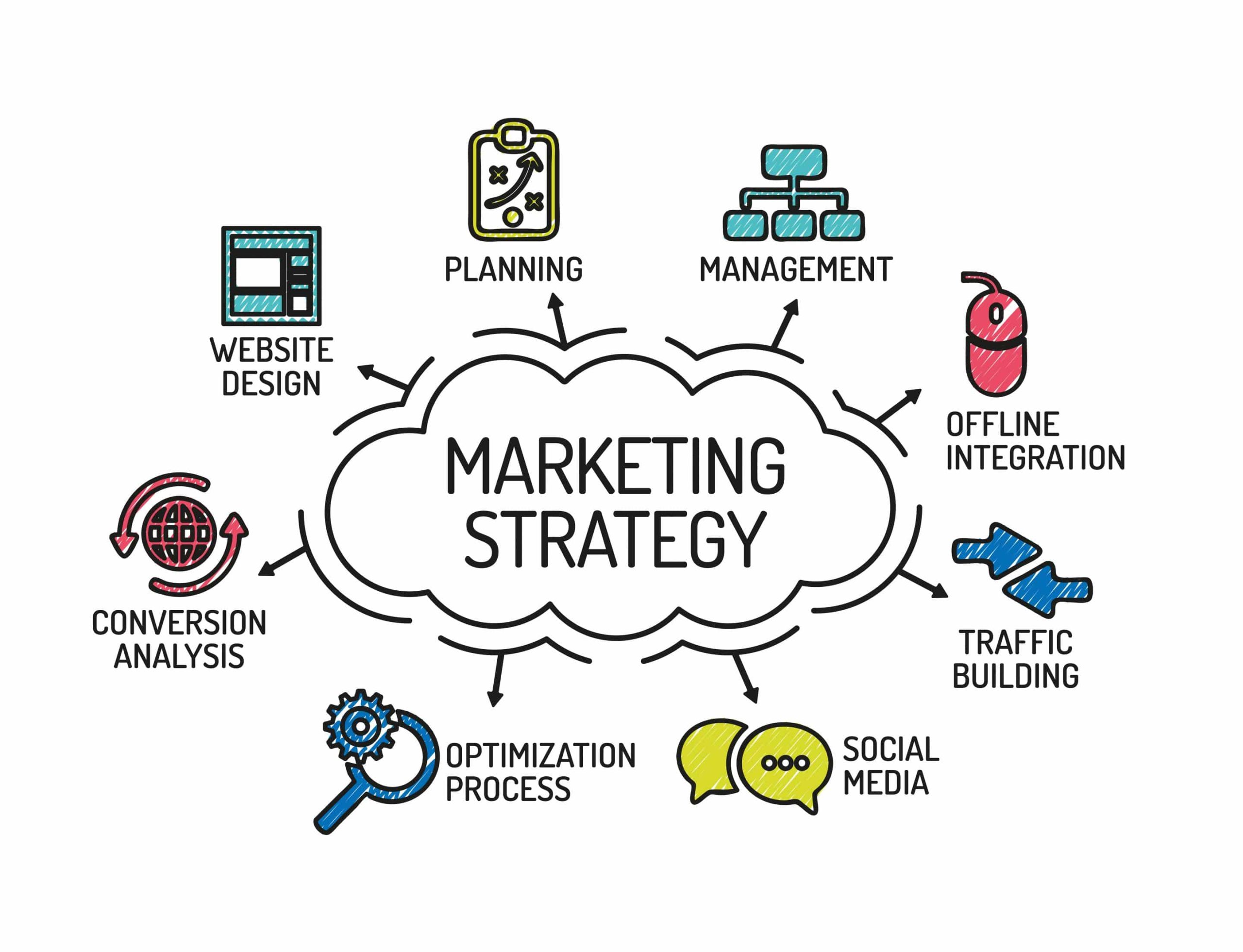Things about Marketing Companies
Things about Marketing Companies
Blog Article
Marketing: Our Promotional Methods Drive Consumer Engagement And Boost Sales
Marketing Methods and Preparation: A Development Process

Ever seem like you're tossing spaghetti at the wall, hoping something sticks? That's frequently what takes place when marketing techniques aren't thoroughly prepared. A distinct development process is the backbone of any successful marketing effort. It has to do with more than just imagination; it has to do with structure and insight.
Laying the Structure: Research Study and Analysis
Before diving in, you need to understand the landscape. Who are you trying to reach? What are their requirements? What are your competitors doing? Thorough marketing research is paramount. I remember as soon as, a business introduced an item without comprehending their target audience's preferences, and it tumbled miserably. Don't let that be you!
- Market analysis: Understand the marketplace size, development rate, and trends.
- Customer profiling: Develop in-depth personas of your perfect customers.
- Competitive analysis: Determine your competitors, their strengths, and weak points.

Setting Objectives: What Do You Want to Attain?
What are your goals? Increase brand awareness? Drive sales? Create leads? Your objectives ought to be clever-- Specific, Measurable, Achievable, Appropriate, and Time-bound. I imply, what's the point of doing something if you do not understand what you're attempting to achieve? It's like setting sail without a destination in mind!
Crafting Your Strategy: The Roadmap to Success
This is where the magic takes place. Your strategy lays out how you'll achieve your goals. Will you concentrate on content marketing, social networks, e-mail marketing, or a mix? What's your distinct selling proposal? The secret is to differentiate yourself and offer something valuable to your target audience. Is your technique a well-paved road, or a bumpy track filled with pits? This will identify your success!
Here are some typical marketing methods:
- Material Marketing: Developing and distributing valuable material to bring in and engage your target market.
- Social Media Marketing: Utilizing social networks platforms to build brand awareness and connect with clients.
- Email Marketing: Sending out targeted e-mails to support leads and drive sales.
Implementation and Execution: Putting Plans into Action
A fantastic method is useless without efficient implementation. Appoint responsibilities, set timelines, and assign resources. Don't simply strategy; do! This step can be the most difficult, as it requires coordination, communication, and dedication.
Monitoring and Examination: Measuring Your Outcomes
Are your efforts paying off? Track your key efficiency indications (KPIs) and analyze your outcomes. What's working? What's not? Be prepared to adjust your strategy based upon your findings. This iterative process is important for constant improvement. It's like checking the compass on a long journey to ensure you're here still headed in the right instructions. Are you?
In the ever-evolving world of marketing, a robust preparation development process is not just an advantage; it's a need. By focusing on research, clear goals, and adaptive techniques, you can navigate the complexities and achieve enduring success.
Target Market: Finding Your Marketing Sweet Spot
Ever feel like you're yelling into deep space? That's what happens when your marketing misses its mark. It's not about reaching everyone; it's about getting in touch with the best individuals. Think of it like this: attempting to sell snowboards in the Sahara. You might get a few curious onlookers, however you're not precisely going to corner the market. Why expend the energy? Instead, focus on where the snow falls and the snowboarders are currently gathering. That focus is your target market.
Why Section? Avoiding the Snowboard-in-the-Desert Scenario
Segmentation is the art of dividing your potential customer base into smaller sized, more workable groups based on shared attributes. Envision a Venn diagram-- each circle represents a section, and the overlap is where the magic takes place, where the most responsive consumers reside. It's inadequate to understand you're offering to "ladies." Are they Gen Z fashionistas or soccer mothers in their 40s with a penchant for natural groceries? The more granular you get, the more efficient your messaging becomes. So, instead of one-size-fits-all, you're crafting bespoke experiences. Think of it as tailoring a fit versus buying off the rack.
Among the biggest stumbles? Assuming your ideal client is similar to you. As marketers, we fall prey to this all the time. We have actually all heard it "I like it so they must like it". News Flash. That's ego talking, not data. Your personal choices are irrelevant. Let the market speak. Examine the information. Listen to what your existing consumers are saying (and not saying) Discover the commonness, and then construct your sections around those findings. This is the way to avoid a costly misfire.
Tools of the Trade: Unveiling Your Ideal Client
So, how do you actually do this? Start with data. Great deals of it. Analytics platforms, customer studies, social networks insights-- these are your treasure maps. Search for patterns. Exist age demographics that regularly transform? Geographical places where your product resonates? Psychographic traits that define your most devoted clients?
- Demographics: Age, gender, income, education, profession
- Geographics: Location, environment, population density
- Psychographics: Lifestyle, values, interests, mindsets
- Behavioral: Purchase history, item usage, brand loyalty
Do not hesitate to get innovative. Sometimes, the most valuable insights come from unforeseen places. Think about using a technique called "Jobs to Be Done." Rather of focusing on the features of your product, consider what "task" your consumer is hiring it to do. Are they purchasing your software to save time, lower tension, or impress their employer? Comprehending the underlying motivation can open brand-new segments you never ever thought about. And keep in mind, this isn't a one-time exercise. The market develops, and so need to your understanding of it. Regularly review your segmentation technique to guarantee it remains appropriate and reliable, which your marketing dollars are being spent sensibly.
Marketing Channels and Promotional Activities: A Deep Dive
Ever feel like your message disappears into deep space? It's a common predicament. The marketing landscape is a sprawling, ever-shifting surface. Picking the right marketing channels and advertising activities is not simply about visibility; it's about resonance. Think of it as crafting a completely tuned instrument-- each string (channel) need to vibrate in harmony to develop an engaging tune (campaign) What happens when a string snaps, or even worse, is never ever even strung?
Navigating the Channel Maze
Choosing the suitable channels is a tactical necessary. Are you pursuing brand awareness, list building, or direct sales? The response dictates your course. To illustrate, think about the tale of 2 projects: One, a thoroughly crafted social media blitz that yielded absolutely no conversions, and the other, a targeted email sequence that resulted in a rise of eager consumers. The distinction? Alignment. The e-mail campaign spoke straight to a pre-qualified audience already thinking about the offering.
Advertising Activities: More Than Simply Noise
Advertising activities are the lifeblood of any marketing strategy. Sales promotions, public relations, and material marketing are all viable options. But what takes place when your content marketing efforts are neglected? This frequently stems from an absence of worth. Are you supplying real insights and solutions, or merely relaying self-serving ads? The key is to end up being a trusted consultant, not a consistent peddler.
- Material Marketing: Provide worth through useful and appealing material.
- Social Media Marketing: Engage with your audience and develop a community.
- Email Marketing: Support leads and drive conversions.
- Seo (SEO): Improve your site's exposure in search engine result.
Common Mistakes and Professional Insights
One of the greatest obstacles businesses deal with is stopping working to adapt to market changes. Envision releasing an item with a memorable motto, only to find that a significant cultural shift renders it tone-deaf and offensive. Staying agile and responsive is paramount. Routine analysis of project efficiency is also necessary. Are your efforts yielding the desired outcomes? If not, don't be scared to pivot. The only constant in marketing is modification.
Another regular oversight is disregarding client segmentation. Attempting to interest everyone belongs to shouting into the wind. Identify your ideal customer and customize your messaging accordingly. This needs a deep understanding of their needs, desires, and habits. By focusing your efforts on a particular target market, you can maximize your effect and minimize squandered resources.
Ultimately, successful marketing depend upon a blend of strategic planning, innovative execution, and unwavering adjustment. By comprehending the subtleties of different marketing channels and promotional activities, you can craft a project that resonates with your target audience and drives tangible outcomes.
Market Research and Competitive Analysis
Ever seem like you're roaming in the dark, browsing for a light switch that simply won't turn on? That's how releasing a marketing project without strong market research feels. It's like baking a cake without a dish-- you might wind up with something edible, however chances are it will not be a masterpiece. How do you illuminate your path?
Revealing the Landscape: Market Research Methods
Market research study isn't practically gathering information; it's about understanding the extremely heart beat of your target market. Believe of it as ending up being an investigator, piecing together clues to fix the secret of what your prospective customers really desire. Are they craving benefit? Sustainability? Or possibly a touch of nostalgia? You require to understand. One typically overlooked aspect is psychographic division. It's insufficient to know their age or income; you require to understand their worths, lifestyle, and goals. What makes them tick?
One expert suggestion? Don't rely solely on surveys. Observe real-world behavior. If releasing a brand-new line of environment-friendly products, spend time in farmers' markets or organic grocery shops. Speak with individuals, observe their acquiring routines, and get a feel for their real concerns.
Measuring the Competitors: Competitive Analysis
Now, let's discuss your rivals. Disregarding them is like getting in a boxing ring with your eyes closed. A competitive analysis involves determining your rivals and assessing their strategies to determine their strengths and weak points relative to your own. It's not about copying them; it has to do with identifying chances to separate yourself and take your specific niche. Have you ever observed how some cafe prosper best beside a Starbucks? It's since they've determined a particular market sector that Starbucks isn't completely serving, like a choice for in your area sourced beans or a comfortable, intimate atmosphere.
The most significant risk with competitive analysis isn't the lack of information but rather a failure to act on it. All the spreadsheets and graphs on the planet will not help if you don't equate those insights into concrete actions. And remember the value of looking beyond direct rivals. Consider indirect competitors too. Who else is contending for your target market's attention and spending plan?
- Determine Secret Competitors: Who are they, and what are their market shares?
- Examine Their Marketing Techniques: What channels are they using? What's their messaging?
- Assess Their Strengths and Weaknesses: What are they proficient at, and where are they lacking?
- Discover Opportunities for Distinction: How can you stand apart from the crowd?
Remember, the marketing landscape is ever-evolving. Constant monitoring and adjustment are crucial for long-lasting success. By accepting both marketing research and competitive analysis, you can browse the intricacies of the marketplace and position yourself for continual development.